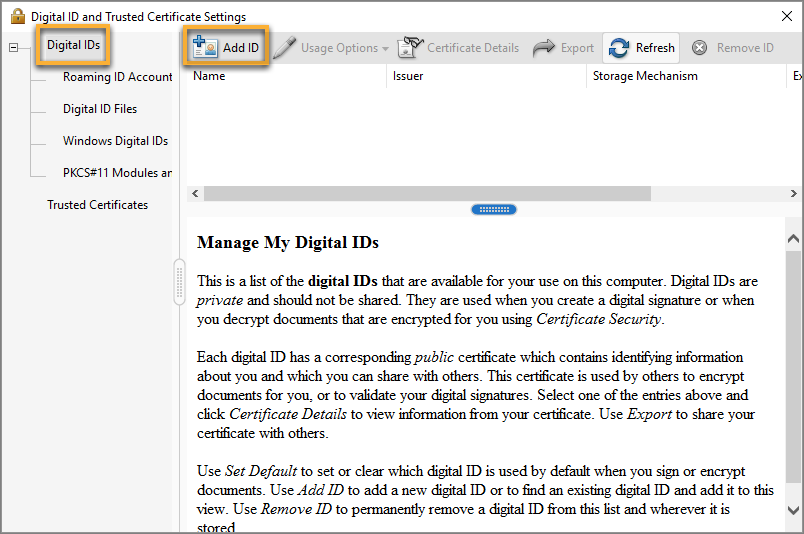In today's world, security and privacy are key. You have business and personal information you need to transmit or share, and doing so without first encrypting said information is a risk. If you use a Linux machine, working with various encryption tools is incredibly simple. You can install the likes of from the standard repositories and easily use it from the command line or from within apps like. But what if macOS is your platform of choice? What do you do?
This is hardly a gpg specific question, it should be asked an OSX systems support section, however, I will answer the best I can, but specific only to the installing GPGTools for OSX (the process for installing other dmg/pkg's on OSX might differ).
Use GPG Suite to encrypt, decrypt, sign and verify files or messages. Manage your GPG Keychain with a few simple clicks and experience the full power of GPG easier than. Free Open Source Mac GPG Suite. GPG Keychain. Is an open source application for macOS. It allows you to manage your OpenPGP keys. Create and modify your keys and import the keys of your friends from a key server. GPG Services. Is a plugin that brings GPG power to almost any application. Is an open source plugin for Apple Mail. Encrypt, decrypt, sign and verify mails using OpenPGP with a few simple clicks. GPG Keychain. Is an open source application for macOS. GPG Keychain Access is an open source application for Mac OS X. It allows you to manage your OpenPGP keys. It allows you to manage your OpenPGP keys. Create and modify your keys and import the keys of your friends from a key server.
You have a few options, one of which is to install the. This particular software will install GPGMail (an open source plugin for Apple Mail), GPG Keychain (an open source application for macOS that allows you to manage OpenPGP keys), GPG Services (a plugin that brings GPG to nearly any Mac application), and MacGPG (the underlying engine for the GPG Suite). I'm going to show you how you can get this open source app installed and use it with the likes of Apple Mail.
I will be demonstrating on macOS High Sierra. Install the GPG Suite The first thing you must do is download and install the. Once you've downloaded the file, double-click on the download to mount the image. In the resulting popup ( Figure A), double-click on Install and walk through the installation wizard. Generating your first GPG key. Enter the required information and then click Advanced options. In this section, you can select your key type/length, add a comment, and change the expiration date.
If you want your key to be permanent, uncheck Key expires, and click Generate Key. You will be instructed to work on your machine (typing, clicking, etc.) to generate entropy. Do this until you are prompted to upload your public key to the default GPG keyservers. If you don't want to make this public key available for anyone to download, click No, Thanks!, and you're ready to continue. If you want to make it easier for people to add your public key to systems (so they can send you encrypted email), okay the upload. Pavtube mxf converter for mac.

SEE: (TechRepublic) Signing and encrypting email One of the reasons why I opt to use the GPG Suite on Mac is because it integrates seamlessly with Apple Mail. There is no need to manually encrypt/decrypt email, using keyboard shortcuts. However, in order to encrypt an email to a contact, you will have to import their public key into GPG. To do this, either have them send their public key to you or download it from one of the many public keyservers (if that's an option for your contact). Once you have the file on your drive, open GPG, click Import, locate the downloaded file, and click Open. The public key will then be imported into GPG and is ready to use. With the public key in place, open up Apple Mail and compose an email to the contact.